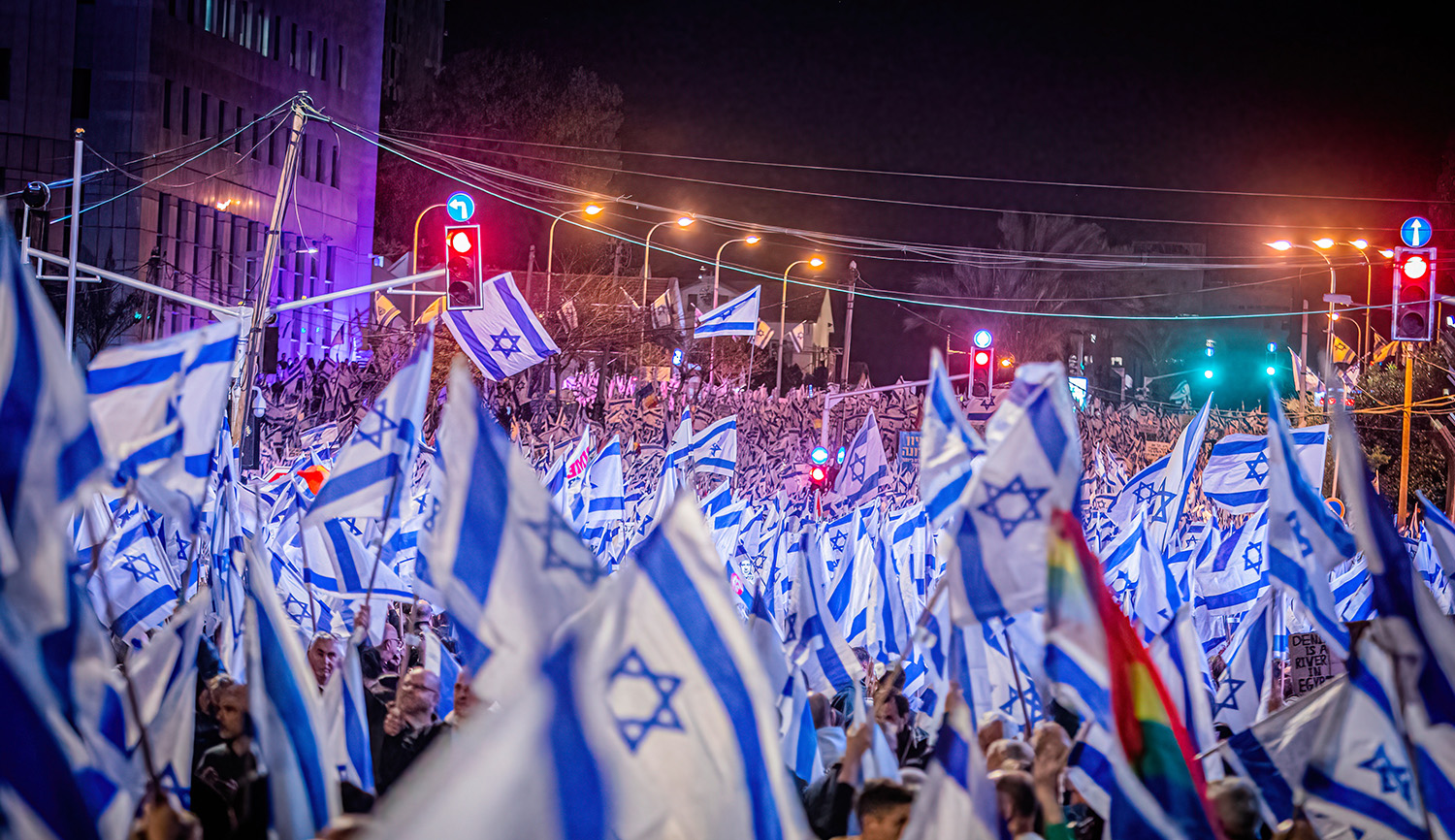In nearly every Orthodox synagogue today, women sit in a specially designated balcony, or in a women’s section set off from the men’s section by a partition or m’ḥitsah. The Talmud describes the Temple as having separate courtyards for men and women, but this practice in synagogues is not documented before the Middle Ages. Chen Malul provides a brief history of sex-separation in places of Jewish prayer, while Jewish Heritage Europe provides some additional information, along with numerous photographs.
The renowned scholar Shlomo Dov Goitein presented several sources from the [Cairo] Genizah dealing with the sha’ar nashim, the “women’s gate” in the synagogues of Egypt, proving that in the 11th century at the latest, special entrances were created for women through which they would go up to a gallery above the main hall, where they could then participate in prayer.
The term beit k’nesset nashim, “women’s synagogue,” first appeared among Ashkenazi Jews in the 12th century. But while the “women’s gate” in the synagogues in Egypt was an entrance to a gallery that separated the men from the women in the same space, the “women’s synagogue” in Ashkenaz was a physical structure separate from the “general” synagogue. The buildings were sometimes located at a distance from one another, but surprisingly, while the individual prayer services for men and the women were held in these separate locations, when the sermon began, the women would join the men in their hall and would either sit alongside them or a partition would be put up.
With the establishment of the “women’s synagogue” in the Middle Ages, a new creative world of women’s prayer flourished, featuring women poets, prayer leaders, and cantors. The tombstone of one such Jewish woman, Ornea, daughter of the cantor Rabbi Abraham of Worms, who died in 1275, features the epitaph: “This headstone was erected for the lady Ornea, . . . who with a pleasant voice petitioned on behalf of his people, and she too in a sweet voice, sang hymns for women.”
Women such as Ornea, who were called zogerkes and firzogerins in Yiddish, served as readers and poets who read or sang the words of the prayers for the illiterate in the women’s gallery.
More about: Synagogues, Women in Judaism


